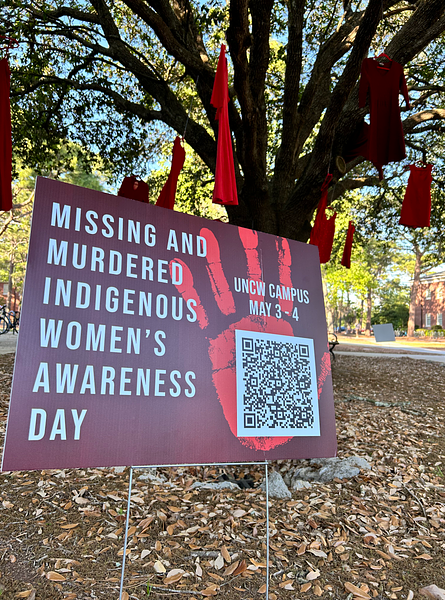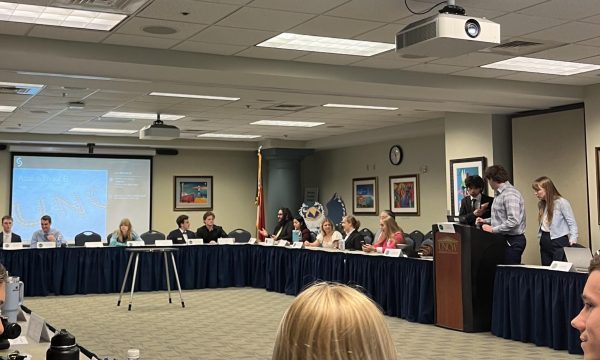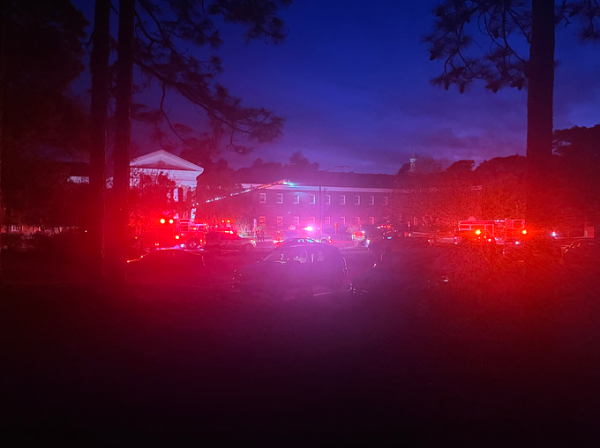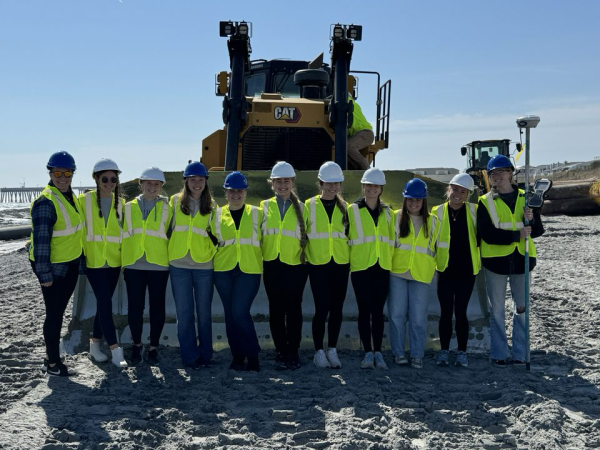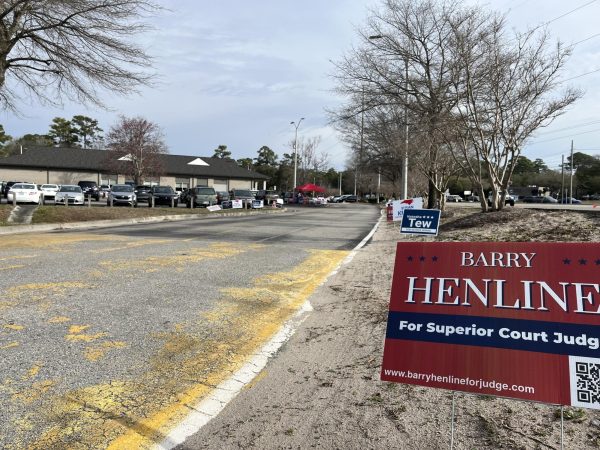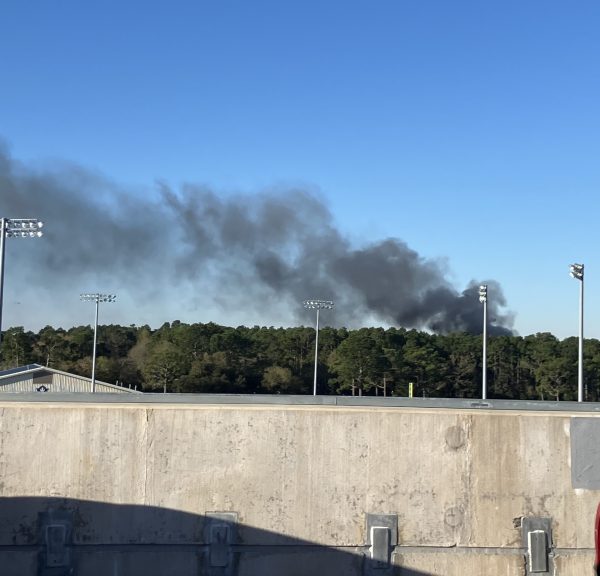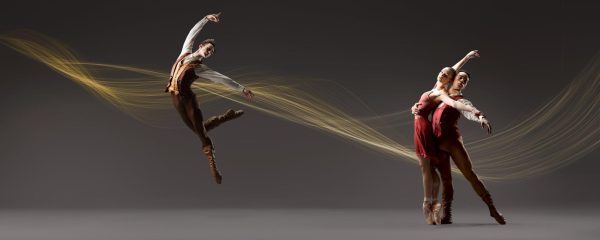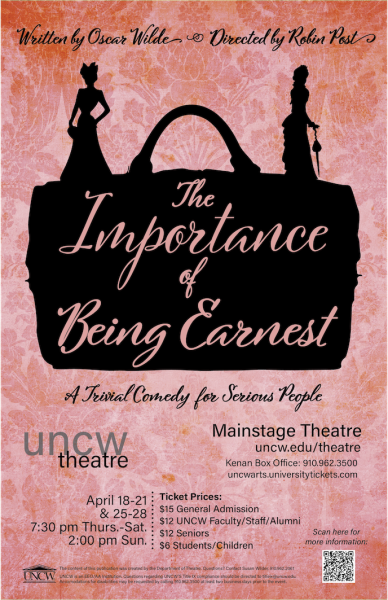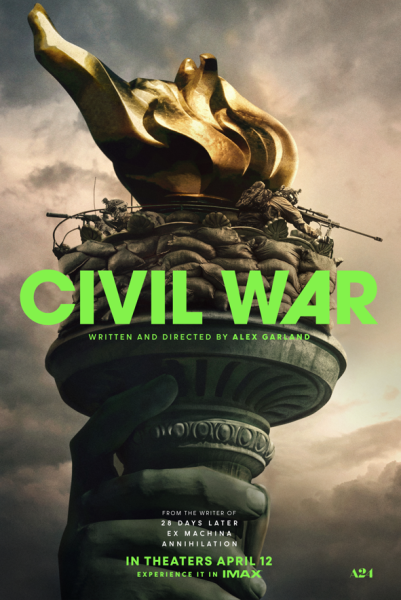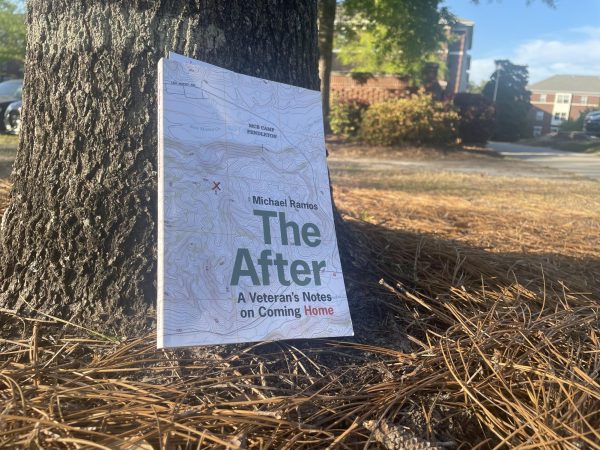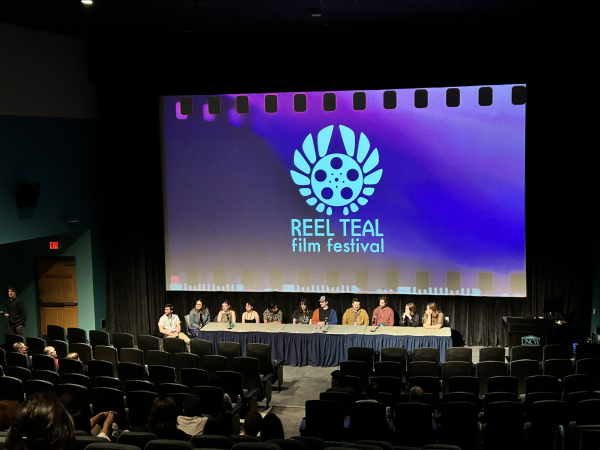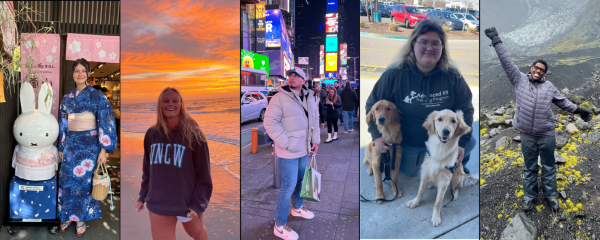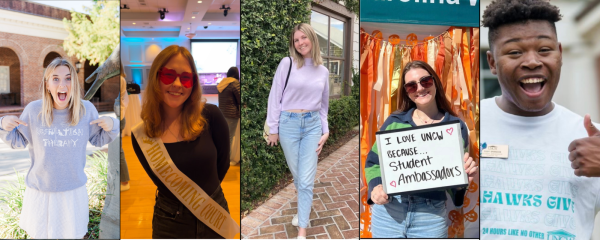Catching the world’s most dangerous waves
September 26, 2013
“A wave unlike the other had arrived: a true freak. I flinched as it rose into a sheer cliff, flicking the surfers off its face with casual violence. Watching it I felt amazement and fear and humility,” writes Susan Casey, editor-in-chief of O Magazine, in her book, “The Wave.”
“The Wave” is an account of Casey’s journalistic-style pursuit of the world’s most dangerous waves—rogue waves. Casey travels around looking for these giants with a group of surfers who specialize in tow-surfing—a unique and dangerous form, during which surfers are pulled out to deeper waters via jet-skis to surf larger waves, usually 60-100 footers.
Casey recreates powerful images of 70-foot waves that seem to tower over the reader with sheer brutality and beauty at the same time. She has the ability to transport her readers by using clear and descriptive language, as demonstrated in this excerpt:
“As the wave stood up to its full and towering height it hung there, poised on the brink, and instead of immediately beginning to break, the lip plunging over the face and expelling the energy, it advanced as a vertical wall,” she writes.
When she isn’t experiencing the waves first-hand, Casey spends a chunk of time profiling the surfers she comes in contact with, such as Laird Hamilton. She describes him as “a six-foot-three, 215-pound twenty-eight-year-old from Hawaii who looked completely at ease inside a barrel [wave] as tall as an office building.”
As one reads, it appears that Casey conveys a subtle obsession with Hamilton, which takes away from the book. As she continues to waste pages on Hamilton and the surfers, she jeopardizes the information about the science behind the waves.
Casey did include some scientific background about the monstrous waves. When she finally makes her way to a conference held by the world’s most renowned wave scientists, she sums it up in a single chapter.
Throughout the chapter, the reader can’t help but get the sense she favors the surfing aspect over the science, which may leave some readers disappointed and wanting more from a scientific perspective.
However, Casey did a fantastic job translating the complicated science into layman’s terms for her readers to understand. She also flip-flops between the stories of the surfers, scientists and other people who are affected by the waves, which will appeal to all her readers.
Aside from the fact that she favors the surfers in her book, it is a must-read for schools on the coast. It is a book that includes both science and nature for all types of readers.
It is a book about waves and all of the beauty and terror that comes with it. So, it comes to no surprise that it was selected as this year’s Synergy Common Reading for UNC Wilmington.
Academic advisor and Synergy coordinator Gina Garera said she picked “The Wave” as this year’s common reading because it is interdisciplinary, including aspects of science, surfers and water. She also said that it was an obvious choice, being that UNCW is near the beach and a popular school for marine biology majors.
“It gave people a deeper respect and knowledge of waves. The book gave us the science behind waves and beauty behind waves,” said Synergy Common Reading board member Reed Curtis.
Although the book includes the varied perspectives mentioned by Garera and Curtis, ultimately Casey’s favoritism of the surfers’ stories makes this book a bit one-sided.
All in all, “The Wave” is recommended to readers who have an interest in surfing. Casey tackles the science portions in her book in layman’s terms, which allows for an easier read for anyone, but overall, the book is one-sided and riddled with propaganda for Hamilton, which may disappoint readers.
